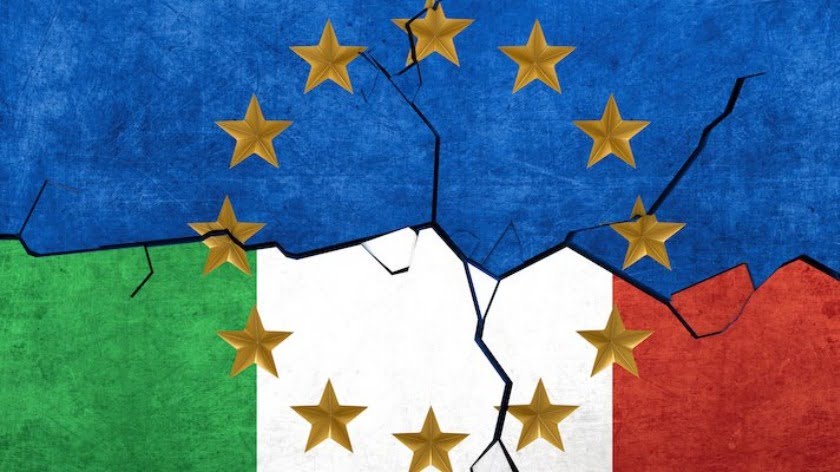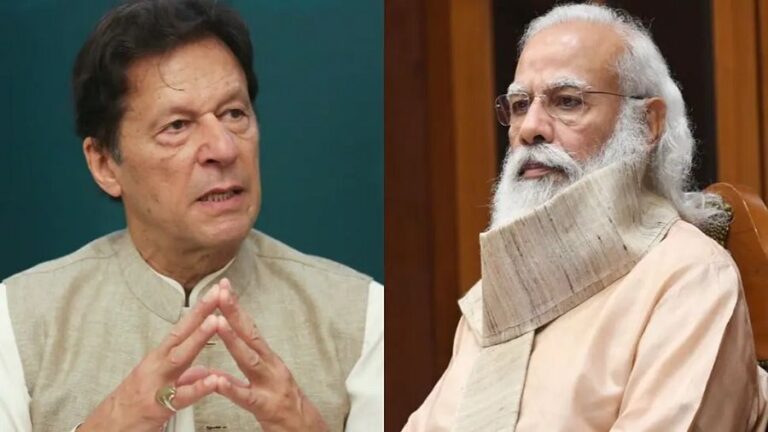Another Phase in Japan’s Relations with Europe; But with Which?
Japan is increasingly marking its presence at the table of the Great Game as a significant participant. To be more precise, Japan is returning to the pool of leading world players in which it was in the first half of the last century and which it left in 1945 due to certain circumstances. Roughly the same process can be observed in the positioning on the world stage of Germany, i.e. Japan’s ally in World War II.
Among other things, both of these similar trends have often served to draw certain analogies between what is happening at the table today and the maneuvers of the major players in the period leading up to the aforementioned last global catastrophe in human history. Then, for about ten to fifteen years preceding that, the main players had been undertaking some kind of probing action towards each other before splitting into two groups and engaging in a bloody battle.
As for modern Japan, the spread of its influence beyond its national territory takes on a rather historical and traditional character. In other words, the first priority is given to the southwest and, above all, to the Southeast Asian sub-region. It is a region which, it should be noted, also enjoys the special attention of the US, i.e. Japan’s key ally.
However, its foreign activities (not just economic, but also military and political) in this area do not stop in SEA, but extend through the Strait of Malacca into the Indian Ocean (where Tokyo has been paying particular attention to India in recent years) and reaches the Persian Gulf. The countries that form the latter are Japan’s main suppliers of hydrocarbons, from which it receives up to 90% of the total “blood” of its modern economy. Incidentally, the Japanese Imperial Army also moved in roughly the same direction during World War II.
In recent years, Tokyo has also been increasingly interested in European countries, which in turn have responded with equal interest. Among the various compelling reasons for this mutual interest is the factor linked to Washington’s attempts to extend NATO’s area of responsibility, the main instrument of continued American control over the behavior of European allies, to the Indo-Pacific. Japan, the main US ally in the Indo-Pacific, is not a member of NATO, but its cooperation with this organization is steadily increasing.
All of the above should be taken into account when considering the notable moments of Japanese Prime Minister Fumio Kishida’s last trip abroad. This trip included visits to selected countries in two regions, namely SEA and Europe.
In the period from April 29 to May 2, Fumio Kishida visited Indonesia, Vietnam and Thailand in succession and held talks with the leaders of these countries on a wide range of issues affecting both bilateral relations and the situation in SEA. It is noteworthy that the leaders of all three countries avoid making any publicly negative assessments of China’s behavior in SEA and Russia in relation to the conflict in Ukraine, while the Japanese prime minister is fully following (in these matters, too) Washington’s lead.
Kishida then travelled to Europe, where he visited Italy and the United Kingdom. The day before the tour in question began, he hosted Germany’s Chancellor Olaf Scholz in Tokyo. A week after his return home, Fumio Kishida held talks with visiting senior EU officials Charles Michel and Ursula von der Leyen. And three days later (May 15) he received Finnish Prime Minister Sanna Marin, negotiations with whom seem particularly symbolic in view of the Finland’s intention to join NATO. Fumio Kishida has more or less regular telephone contact with French President Emmanuel Macron.
In other words, it is safe to say that the Japanese leadership has lately been paying special attention to relations not only with the countries of SEA but also with Europe. The main theme of all the talks just held by the Japanese prime minister with representatives of the European political elite was the sphere of security. Both in the broadest interpretation of this category and in the crucially important “particulars.” In London, for example, a decision has been taken to jointly develop a next-gen fighter jet.
Finally, it seems appropriate to dwell on the question of the validity of the use of the term “Europe” itself. That is, what (and who) the Japanese prime minister has been dealing with in recent weeks. If there are no questions about Fumio Kishida’s interlocutors such as Olaf Scholz, Boris Johnson and Emmanuel Macron, then who are Charles Michel and Ursula von der Leyen? What are the “democratic” procedures that allowed them to speak on behalf of “Europe”? And in general, what organizational structures and specific individuals can represent it?
It seems that there should be no problem in answering the latter questions, as it is contained in the provisions of the 1993 Maastricht Treaty.
However, in the author’s opinion, this is a formal answer which does not reflect the increasingly clear discrepancy between the interests of the leading European countries and the actual nature of the EU structures’ activities. This has been particularly evident recently in the context of deepening problems in Russia’s potentially highly mutually beneficial economic relations with the countries of “old Europe.” It is hard to imagine anything more organic and complementary than the gigantic natural resources of the former and the advanced industry and finance of the latter.
But this is a nightmare for those multinationals whose interests the EU serves. Alongside the formation of various kinds of (“energy”) “packages” designed to make cooperation between Russia and Europe as difficult as possible, the EU apparatus is actively involved in Washington’s political efforts to build a fence between Russia and “old Europe”. The building material is Eastern European debris from the site of the collapse of the USSR. For diligent barking from behind this fence, the owner throws the Eastern European “Tabaqui” the gnawed bones from his table. For now.
By the way, a very similar situation is emerging on the other side of the globe, namely in Chinese-Australian relations. Australia is a major supplier of much-needed coal and iron ore to fast-growing China. Australia’s share of the PRC’s energy supply has recently been increasing. And these minerals are either located close to the sea-coast or even in the adjacent sea area. This dramatically simplifies the problem of mining, primary processing, loading onto transport ships and delivering Australian minerals to China (although it is not the only consumer).
Today, the share of transport costs in the value of Australian exports to the PRC is around 10%. As the saying goes, both of them could live happily.
But, as everyone knows, someone’s joy is often very upsetting to someone else. And the results of such “upsetting” are increasingly negative in the system of Chinese-Australian relations. The same, again, is true of Russia’s relations with “old Europe.”
Over the past 10-15 years, trans-European structures (not just the EU apparatus) have been doing another equally (or perhaps for some, even more) important job in promoting the “new normal” in the social and ethical sphere of individual states’ functioning as far as possible. However, the “new normal” is in direct opposition to traditional European values. In fact, in most cases these latter are thrown over and away. The EU’s linking up the prospects of economic relations with an external partner (such as the Russian Federation) and its adoption of a “new normal” is becoming quite obvious: “Would you deign to sell your soul for 30 pieces of silver?”
The latter question is hardly relevant in today’s Japan, the vast majority of whose population is outside the influence of Abrahamic religions, where only the category of “soul” itself is present. Therefore, for the “purely pragmatic” Japanese, there are no moral and ethical obstacles to develop relations with Europe. Both with individual European states and with the EU.
So the answer to the question posed in the title, which Europe Japan is prepared to develop relations with, is as simple as that: “with any Europe.”







